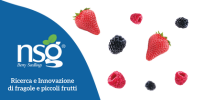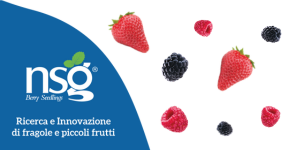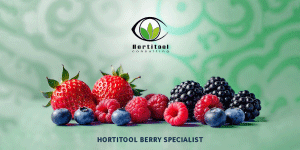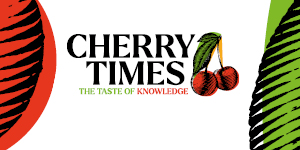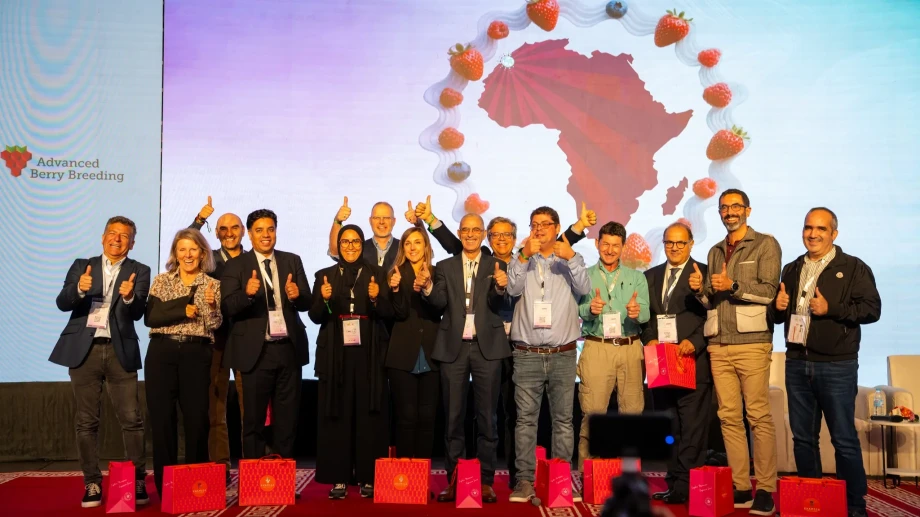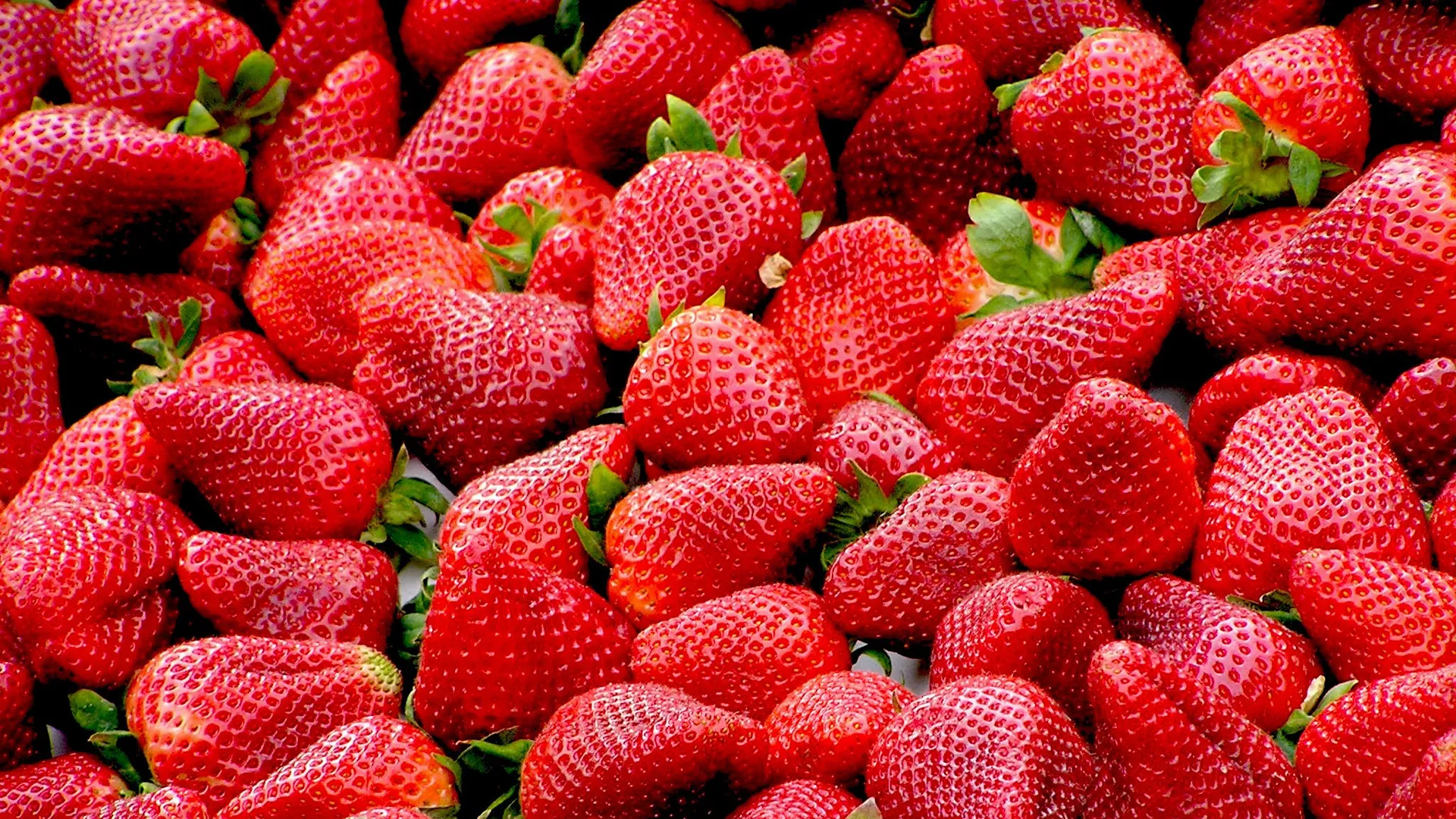
| MOROCCO BERRY CONFERENCE PRESENTATIONS | |
| Morocco's export positioning and forecasts Ali Rougui – Morocco Foodex | |
| State of the soft fruit production in Morocco Amine Bennani – AMPFR | |
| Berries, a sweet opportunity Melt Van Schoor – Driscoll's | |
| Global Blueberry Report 2025: Key Growth Trends, Market Insights, Prices Gustavo Yentzen – IBO | |
| Blueberry production potential in Egypt Medhat El Meligy – HEIA This presentation provides a comprehensive overview of Egypt's horticultural market, including market size and value, production and yield trends, and key export patterns. Ithighlights recent developments in import and supply dynamics, as well as major market drivers and restraints affecting the sector. The session will also explore price trends and trade outlooks for 2025, offering strategic insights for stakeholders. The conclusion will summarize actionable recommendations to enhance competitiveness and sustainability in the Egyptian horticultural export sector. | |
| South African berries: what lies ahead? Pieter Zietsman – Top Fruit Overview of South Africa’s blueberry industry growth, production trends, breeding programs, export performance, regional expansion, and future market opportunities. | |
| Packaging that sells: turning a cost into your competitive advantage Lisa Cork – Fresh Produce Marketing | |
| Innovations in berries fertigation in Mexico and Peru Prometeo Sanchez Garcia – Consultant The presentation highlights a constantly evolving industry that embraces innovative agricultural technology and practices—such as hydroponics and precision nutrition—to ensure sustainable growth and maintain its leading position in the global market. | |
| Every drop counts: optimizing irrigation with data and AI Ghizlane Makhchane – Sowit In the context of water scarcity, optimizing crop irrigation and drainage relies on the exploitation of in-situ agro-environmental data analyzed through artificial intelligence models. This approach can enhance agricultural profitability by 15 to 25 % while reducing water consumption by 30 %, providing an effective and sustainable strategy for managing water resources in water-constrained regions.. | |
| Pairwise first seedless blackberry Laura Redpath – Pairwise | |
| Pollination Insights – Improving pollination in blueberry Lisa Devetter – Washington State University Pollination is essential to maximize yield potential and fruit quality for most modern and traditional blueberry cultivars. Growers depend on bees to provide pollination services, yet pollination is often variable and insufficient. This presentation shares the latest scientific findings that growers and crop consultants can harness to optimize pollination in blueberry fields. | |
| New development of micropropagation on raspberry Yong Jian Chang – Agromillora The protocol provided plants directly to growers for raspberry production. It has been used for over 15 years with dozens of raspberry varieties, about 100 million plants produced within our group.Besides the low off-type rate, there were many advantages of directly using tissue cultured raspberry plants compared to the plants derived from roots. These plants were cleaner and more vigorous. It also generated higher yield. These plants would be in good production for 4-5 years instead of about 2 years. | |
| Climate control for successful berry production in protected systems Hicham Fatnassi – INRAE France This presentation outlines technical and strategic recommendations to re-establish optimal microclimates using heating, ventilation, fogging, shading and dehumidification, coupled with environmental sensors and automated decision tools. New smart greenhouses integrating real-time monitoring and AI enable precise, energy-efficient control. The integration of photovoltaics further reduces carbon footprint. Robust climate management is therefore essential for regular, high-quality and sustainable berry production. | |
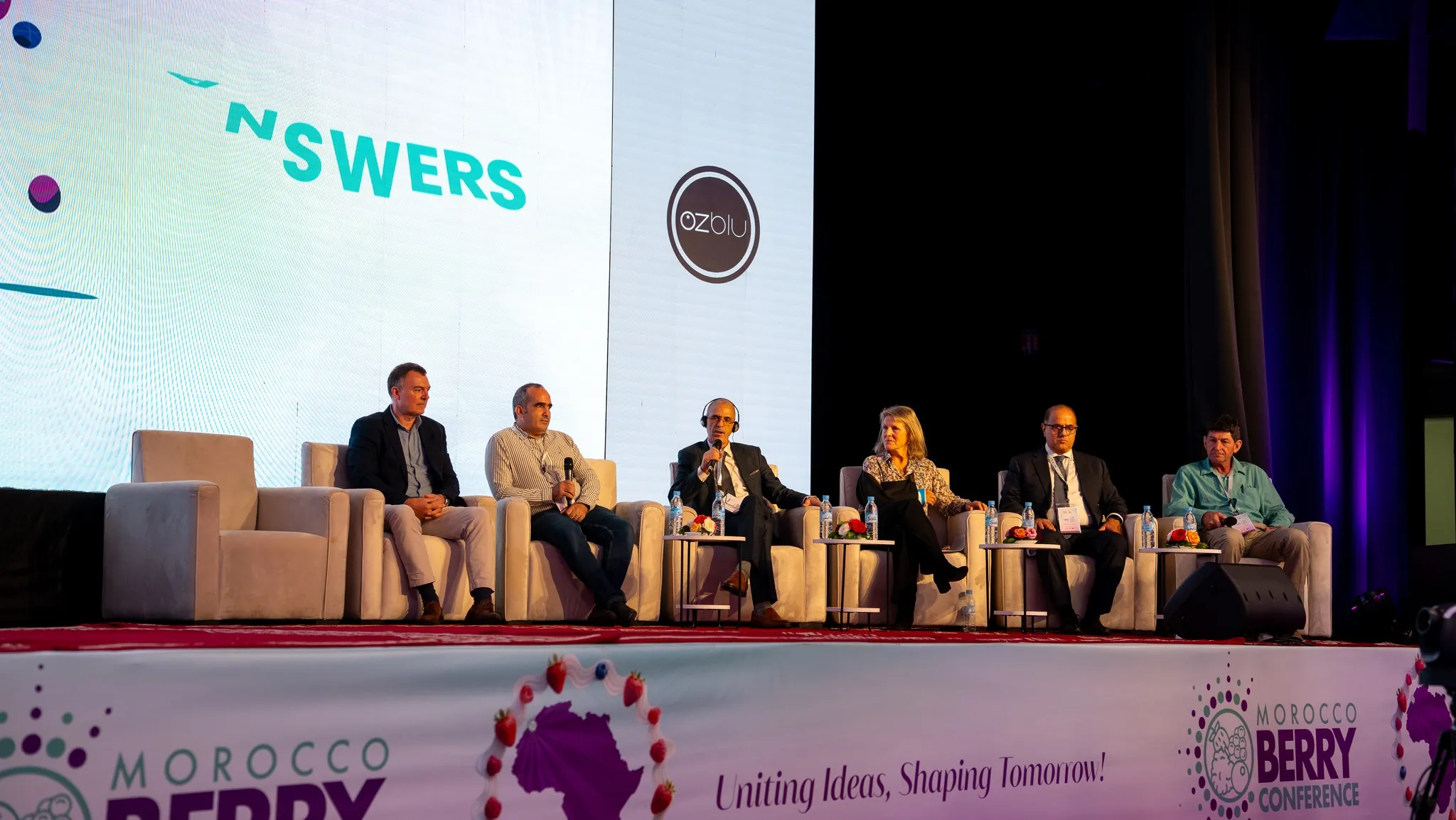
Image source: greensmile.ma, Voz do Campo



